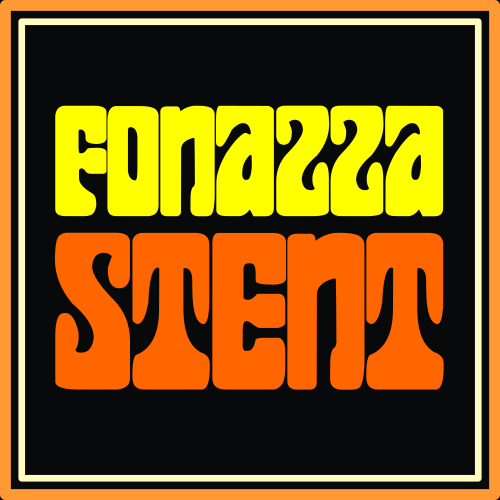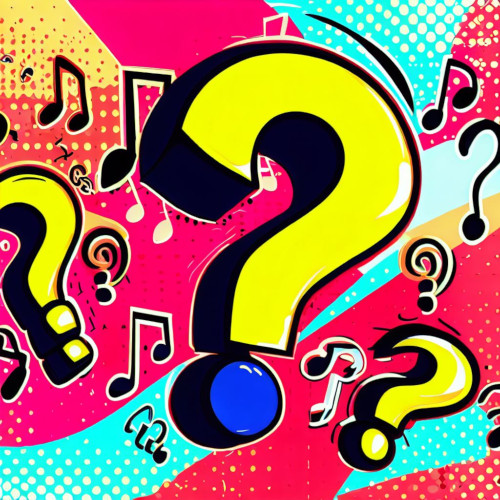Random computer generated music is one of the first forms of AI ever explored, pioneered in the 1960s on computers of the time installed at universities.
Those who want to experiment with random computer generated harmony can try my simple free and open source program to generate random chords. It’s not based on any specific music theory, neither Schoenberg’s serialism nor classic jazz harmony nor classical music. It just generates random numbers to create a root and intervals between notes. Below the chord, the program will display all the scales built on the chord root matching the notes contained in the chord.
Download
Click the button below to download the Windows executable and the Python source code.
Screenshot

Demo Track
This track is a demo of what kind of harmony you can design with the aid of the program.

